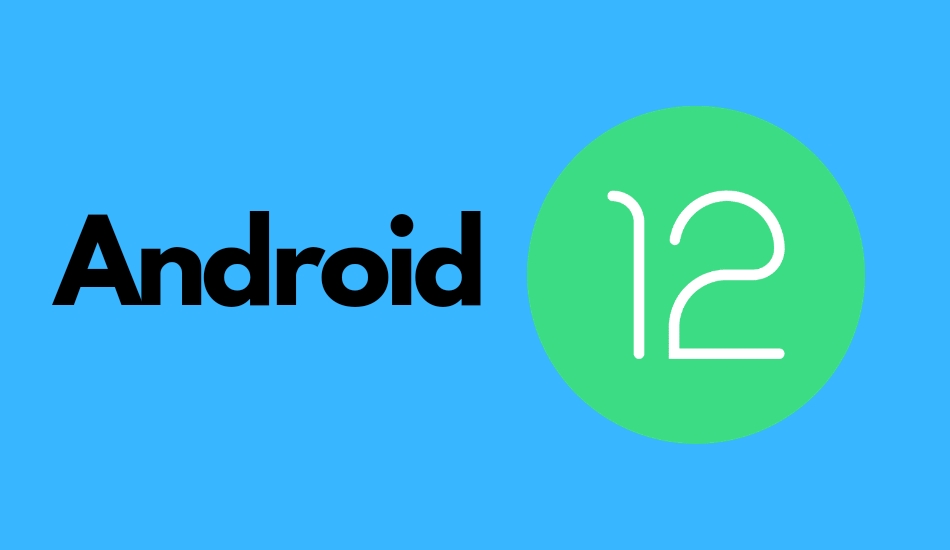Google has announced the first developer preview of Android 12, the next iteration of Android and the successor to Android 11. The new version of Android has currently arrived only for a handful of devices that are all Pixels. As always, the developer preview is aimed at developers to ready their apps for the next big Android release later this year.
Developers can also take a look at its new features and changes over Android 11 through the Android Emulator available in Android Studio. The devices compatible with Android 12 Developer Preview include:
Google Pixel 3,
Pixel 3 XL,
Pixel 3a,
Pixel 3a XL,
Pixel 4,
Pixel 4XL,
Pixel 4a,
Pixel 4a 5G,
Pixel 5.
The developer preview is mainly meant for developers to test and create their apps and is not meant for the end user. We wouldn’t advise you to install it on your daily driver as it can cause usability issues.
Google also shared the timeline for the developer preview, betas and the stable Android 12 release which is scheduled for August. The detailed timeline is mentioned below:
Android 12 Developer Preview 1: February
Android 12 Developer Preview 2: March
Android 12 Developer Preview 3: April
Android 12 Beta 1: May
Android 12 Beta 2, 3: June-July
Android 12 Beta 4: August
Google says that Android 12 will reach the ‘Platform Stability’ stage through the Beta 4 stage in August meaning there won’t be any changes for developers thereafter.
Android 12 is focusing more on notifications this year, same as it did last year. Google is working on bringing more responsive notifications to Android that can be noticed in Android 12 Developer Preview 1 which will be made better in the upcoming versions. The developer preview 1 also brings interface level changes to notifications, where Google is working on optimising transitions and animations across the system to make them smoother.
“This template ensures that custom notifications have the same decoration as other notifications in all states, such as the notification’s icon and expansion affordances (in the collapsed state) and the notification’s icon, App name, and collapse affordance (in the expansion state),” the blog post announcing the release, read.
Next in Android 12 changelog is the addition of Haptic-coupled audio effect. Apps designed for Android 12 will also be able to offer audio-coupled haptic feedback through the phone’s vibrator. The vibration strength and Frequency are derived from an audio session, allowing the developer to create more immersive game and audio experiences for the user. For example, a video calling app could use custom ringtones to identify the caller through haptic feedback, or you could simulate rough terrain in a racing game.
The developer preview includes a new unified API to enable rich content insertion and accept rich content from sources including clipboard, keyboard, and drag-and-drop gestures.
Android 12 then also introduces platform support for AV1 Image File Format (AVIF). AVIF is a container format for images and sequences of images encoded using AV1. Like other modern image formats, AVIF takes advantage of the intra-frame encoded content from video compression. Google says that it can dramatically improve image quality for the same file size when compared to older image formats, such as JPEG.
The new release of Android includes Foreground Service Optimizations through an expedited job in JobScheduler and a new release of Jetpack WorkManager library.


